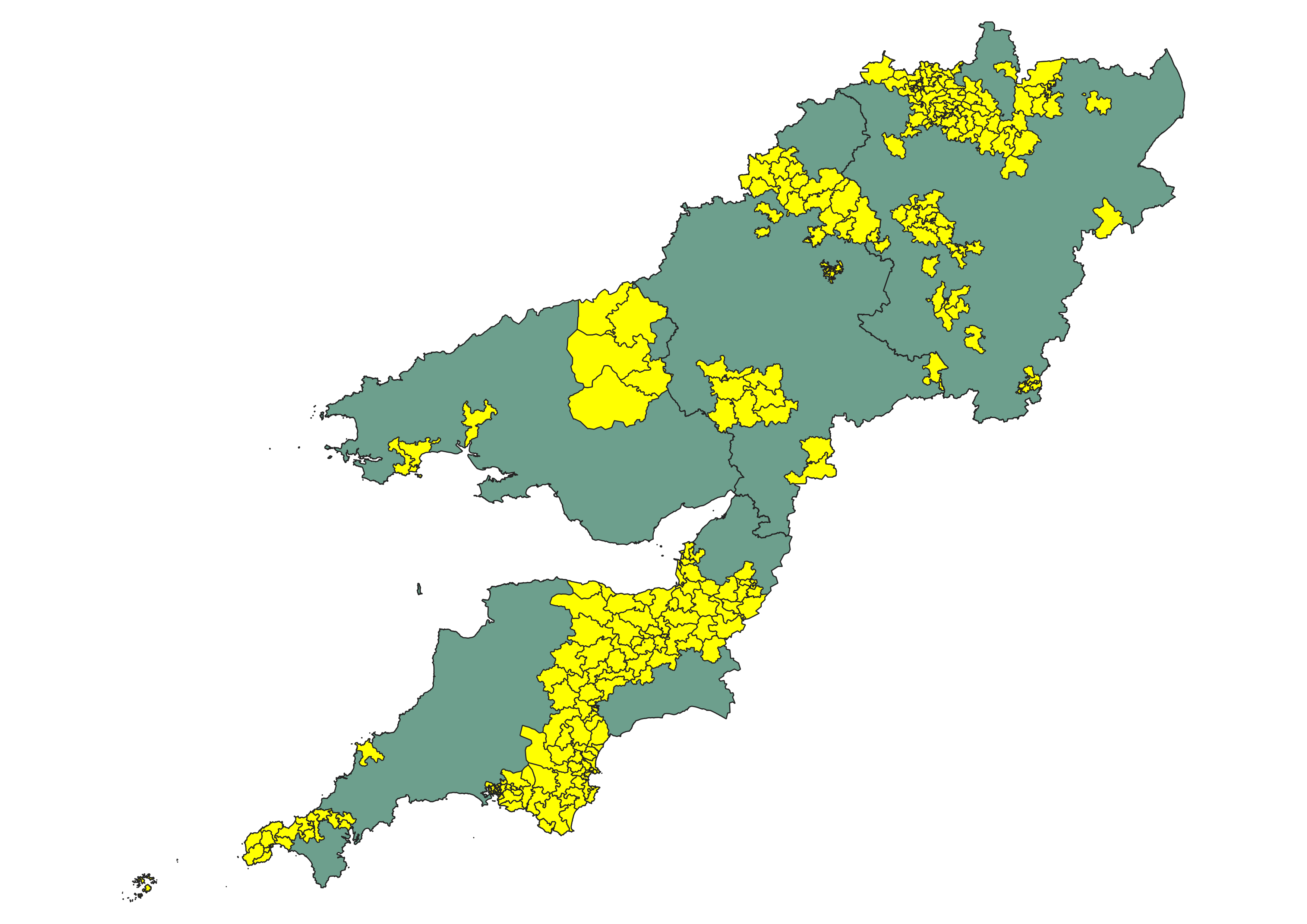Midlanders, Welsh folk and South Westerners who’ve turned their homes into solar-equipped mini-power stations got renewed backing from Western Power Distribution today.
Fresh from announcing this week practical, hand-holding support for its share of Britain’s 270 citizen-led electricity co-operatives, the country’s biggest distributed network operator (DNO) this morning pledged itself to accommodating low carbon connections from EVs, heat pumps as well as solar and wind.
Overseeing eight million power connections on a diagonal from The Wash to Cornwall, WPD calculates it’ll have more than 1.5 million extra EVs, and 600,000 newly installed heat pumps contending for connections by 2028.
The new devices will pile loading and response pressures onto the 5.6GW of renewables capacity which WPD’s region already supports. That number equates today to demand from over 16 million households.
Any time, any technology, anywhere
WPD’s philosophy now is that a lack of network capacity cannot be a barrier to the adoption of low carbon technologies.
The connectability pledge is outlined in WPD’s RIIO-2 Business Plan. With the DNO owned since last year by National Grid, WPD plans to invest £6.7 billion up to 2028, in quest of Net Zero and a transformed regional power network.
Digitalisation and more innovation top WPD’s tool box, needed to help customers adopt mass, home-scale low carbon technologies, as soon as they want. WPD’s latest EV innovation project Take Charge is delivering the capacity of a small town to motorway service stations, capable of supporting up to 80 rapid chargers.
Progress so far is quantified in today’s figures.
Split by region, WPD counts over 58,000 EV chargers now installed across its patch. The East Midlands leads on 22,876 units, followed by the West Midlands on 19,042 EV chargers. Completing the picture are 10,163 devices in the South West and 6,335 in South Wales.
Six years on, the company anticpates an extra 1.5 million EVs on its network, bringing to 2 million the total of clean vehicles kept in its catchment by 2028, the close of its current budgeting window. They’ll be supported by an estimated 1.1 million EV chargers.
Nearly 11,000 heat pumps have been connected to the WPD network, today’s analysis reveals. Exponential take-off needed under the government’s energy security strategy will push that to 628,200 six years from now.
System development manager Paul Jewell put WPD’s promise in simple terms: “We are making a pledge to all our domestic customers that going forward they will be able to connect low carbon technologies wherever and whenever they want to.
“The current price control period has seen over seven years of innovating and scaling up of technologies to support the transition to low carbon technologies.
“At the same time, we have seen a learning curve for consumers as they have bought into the new ways of driving and heating their homes”, Jewell went on.
“Over the next price control period we are planning for a rapid increase in demand for EVs and heat pumps and we are planning to make their installation quicker and easier. It is vital that we are building a network and putting in the supporting customer service operations that will help smooth the switchover to low carbon technologies”.
WPD’s Business Plan to 2028 is here.




